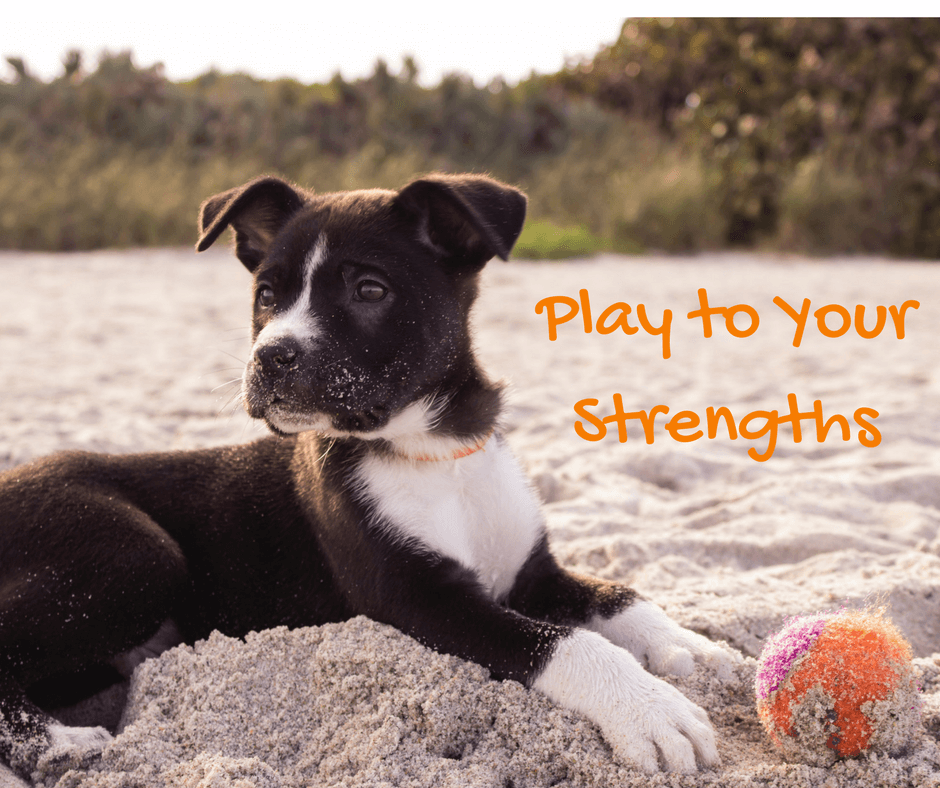
One of the first questions I ask writers as they develop a story character is “What are your character’s strengths?” After identifying strengths, we also think about weaknesses. However, we start by looking for those places where a character shines.
If a character has only weaknesses or is overwhelmed by life’s challenges, she doesn’t have the confidence to begin taking action. Characters who can’t take action quickly lose a reader’s interest. We want to shake them by the shoulders and say, “DO something!”
But in our own lives, we tend to focus on the problems.
What isn’t working? What do we need to fix? Maybe this approach is due to the overwhelming amount of marketing messages we encounter. These messages are craftily designed to remind us of who we are not and what we do not yet have. Savvy marketers know that when they sell a transformation, buyers buy. And yet, when we spend most of our time identifying how we ought to be transforming: personally, professionally, creatively, socially, and so on, we lose our footing. Or to be more specific, we lose our confidence.
Starting with a win is a sure way to keep winning.
I’m not talking about fooling ourselves with overly sunny self-talk. We know when we’re telling ourselves a lie. The trick is to start with a win we’ve already achieved, or one that isn’t a long shot from where we currently stand.
Research shows that a key factor to achieving a goal is belief. We must believe we are capable of success. Until we have actually conquered a challenge, we might hope we can overcome the odds, but we don’t know for sure. On the other hand, each real success adds to a track record that builds our confidence. Sounds obvious, right? Yet, we still struggle.
Why? We don’t play to our strengths.
Think about the last time you did something new. Did you first review any current skills or successes on which you might build? Or did you focus on the gap between your skills and your goals? Chances are high you focused on the gap. You’re definitely not alone!
When we consider a child who doesn’t know how to play guitar or draw or speak Spanish, we give the child the benefit of the doubt. They need time to learn this new skill set. As adults, we don’t give ourselves that grace. We look around at peers and we see their expertise. Without questioning our assumptions, we berate ourselves for what we have yet to learn. Rather than playing to our strengths, we start from our weaknesses. In most cases, this negative beginning leads to false starts, slow learning curves, and more often than not, we give up.
What if, instead, you played to your strengths?
What if your approach to learning something new went like this?
- Find a point of connection between what you currently do well and what you want to learn.
- Start with that connection point, and give yourself a small challenge. Choose a challenge you are sure you can tackle.
- When you achieve your goal, celebrate! Tiny mid-journey celebrations help us enjoy the learning process.
- Next, choose a new challenge that stretches you one step further.
- Move forward in this way, small challenge to small challenge.
- If you fail to reach a challenge, don’t fret! Return to your most recent success and analyze what you can learn from the failure. What adjustments will give you a better chance of success the next time around?
- After a few weeks or a month, look back over your progress and note how far you’ve come. Chances are high that you’ll be amazed!
Try it out, and then come on back and share the story of how it went. I’d love to hear about your journey. You can comment below, or connect with me on Facebook or Twitter.
Here’s to you and your creative growth!
